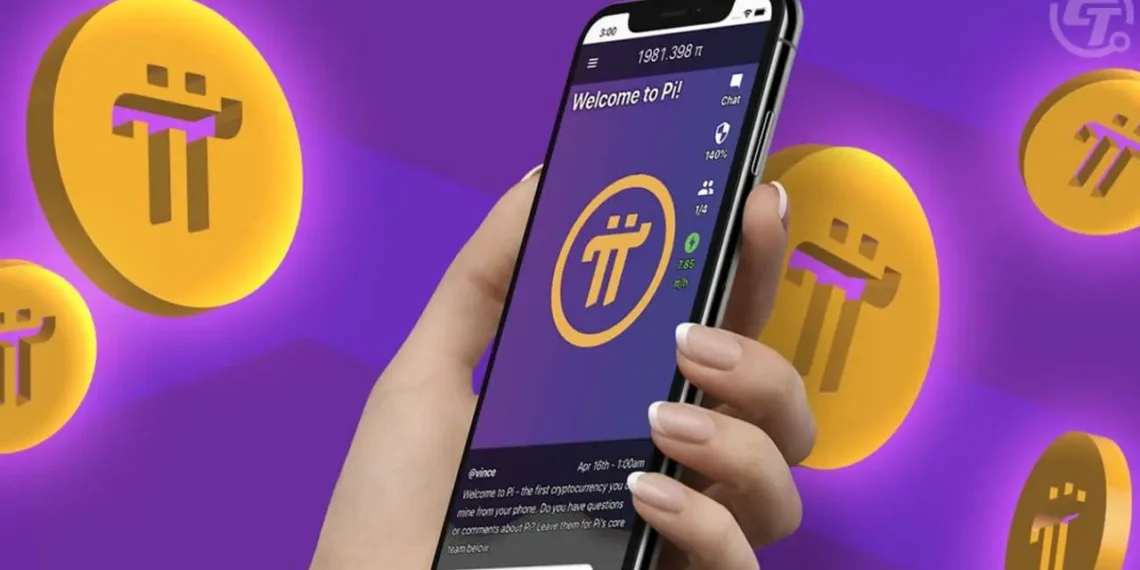The cryptocurrency world is ablaze with excitement as Pi Network, a project that has captivated millions, officially launches its open mainnet and sees its native token, Pi, debut above $2 on multiple exchanges. This long-awaited milestone has electrified the crypto community, with “Pioneers”—as Pi’s dedicated users are known—celebrating the moment they have been anticipating for years.
Pi Network, founded in 2019 by Stanford graduates Dr. Nicolas Kokkalis and Dr. Chengdiao Fan, set out to revolutionize cryptocurrency mining by making it accessible via mobile phones. Unlike Bitcoin, which requires energy-intensive mining hardware, Pi allows users to mine tokens with a simple tap on their smartphone. This groundbreaking approach rapidly gained traction, amassing over 45 million engaged users worldwide by early 2025.
The road to mainnet was filled with delays and anticipation. After launching an enclosed mainnet in 2021, the Pi Core Team finally confirmed an open mainnet launch for February 20, 2025. Critical milestones—such as over 19 million users completing KYC verification, 10.4 million Pi migrations, and the development of 100 dApps—were met, paving the way for Pi to become a fully tradable digital asset.
As trading went live at 8:00 AM UTC, Pi debuted at $1.50 before skyrocketing past $2 within minutes. Major exchanges, including OKX, Bitget, HTX, BitMart, and CoinDCX, listed the token, triggering a frenzy of activity. Social media erupted with reactions, with users expressing both euphoria and skepticism. Some celebrated their years of dedication paying off, while others pointed out that pre-launch speculation had driven expectations as high as $30 to $500. Despite a brief dip to $1.60, Pi’s strong start with a circulating supply of over 6 billion tokens marks an impressive entry into the market.
Community sentiment is divided. Many Pioneers are reveling in the achievement, with long-time users highlighting the substantial holdings they accumulated through years of mining. Others are approaching the listing with caution, noting that OTC (over-the-counter) trades had valued Pi at around $2, while IOU prices on platforms like HTX previously spiked to $64, setting unrealistic expectations.
Read also: Bitget shakes up Crypto Market with Pi Network (PI) listing
Several factors are fueling Pi’s surge, including its massive community support, multiple high-profile exchange listings, and growing real-world utility. PiFest 2024 showcased global adoption, with over 27,000 sellers and 28,000 test merchants across 160 countries accepting Pi as payment. Now that the mainnet is open, external wallet transfers and dApp development are expected to drive further adoption.
However, challenges remain. Critics have long questioned Pi Network’s referral-based mining model, delayed roadmap, and governance transparency. Regulatory scrutiny looms as governments tighten cryptocurrency regulations, while skeptics argue that Pi’s consensus mechanism—derived from Stellar’s Federated Byzantine Agreement—lacks the security of Proof of Work or Proof of Stake networks.
As the dust settles, all eyes are on Pi’s next moves. Will it sustain its momentum and climb to $100, as some analysts predict, or will early adopters cash out, leading to a price correction? The coming weeks will be crucial as Pi navigates exchange dynamics, community-driven initiatives, and potential Binance listings.






